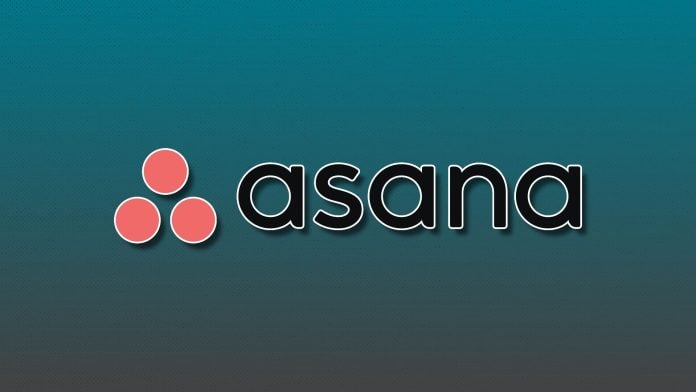In a world where managers often find themselves trapped in a cycle of administrative tasks, the emergence of artificial intelligence (AI) promises a transformative shift that could significantly enhance productivity. According to a recent study by Harvard Business Review, managers devote more than 50% of their time to administrative duties, leaving them with little bandwidth for the strategic and developmental work essential for driving business growth. This critical imbalance can limit effective leadership and hinder employee performance.
A closer look at the study reveals that less than 30% of managers’ weekly hours are allocated to high-value activities such as talent management, upskilling, and strategic decision-making. "We found that managers at every level spend the bulk of their time on administrative tasks," the report notes, emphasizing the need for a solution that pulls them away from mundane duties and allows for greater focus on growth and development.
The pressing question for small business owners is how they can leverage AI not just as a buzzword, but as a practical tool to reclaim lost time and boost workforce efficiency. Dr. Mark Hoffman, speaking at Asana’s Work Innovation Summit, highlighted actionable steps that managers can take to utilize AI effectively. Here are seven key strategies to implement in your small business.
Recognizing AI as a team member rather than merely a tool is crucial. Understanding how to integrate AI into workflows can pivot a manager’s approach from a transactional to a collaborative one. AI should enhance team dynamics, rather than exist as an isolated solution.
Finding a cross-functional collaborator to champion AI initiatives can accelerate adoption across your business. By identifying team members who excel at collaboration, managers can leverage their influence to instigate wider acceptance and innovation in workflows. This approach not only boosts morale but also fosters a more unified work environment.
A holistic approach to AI is vital. Encourage team engagement with AI technologies, allowing staff to explore creative solutions to existing challenges. By fostering collective AI fluency, businesses can explore avenues for significant productivity gains.
AI can also tackle what Hoffman refers to as "connectivity tax." This term describes the frustration of searching for critical documents or information that should be easily accessible. By implementing AI strategies to centralize resources, businesses can improve efficiency and reduce time lost in navigating outdated or fragmented systems.
In a setting where adaptability is key, "resilience tax" can be alleviated through the use of AI. By creating a knowledge database, managers can ensure that they and their teams are well-equipped to handle challenges and adapt to changes swiftly, thus enhancing agility in operations.
Velocity tax—when projects stall due to bureaucratic bottlenecks—can also be addressed through innovative AI applications. By streamlining processes and decision-making, businesses can eliminate inefficiencies and maintain a forward momentum on projects.
Finally, the often-humorous "capacity tax" reflects the overwhelming number of meetings and communications demanding attention from managers. AI can minimize these drains by automating low-value tasks, allowing managers to focus on strategic initiatives that align with their primary roles.
For small business owners, implementing these strategies can result in less burnout among managers and enhanced employee engagement. By reclaiming time lost to administrative burdens, leaders can invest more in creativity, strategic growth, and the overall culture of their organizations.
AI is not just a technical tool used in the background; when correctly integrated, it can reshape managerial roles and rejuvenate team dynamics. As the business landscape continues to evolve, forward-thinking owners and managers should view AI as a partner in their quest for operational excellence.
By utilizing these insights, small business leaders can harness the potential of AI to create a more effective and engaged workplace, paving the way for future innovation and success.
For more details, read the original article here.
Image Via BizSugar



